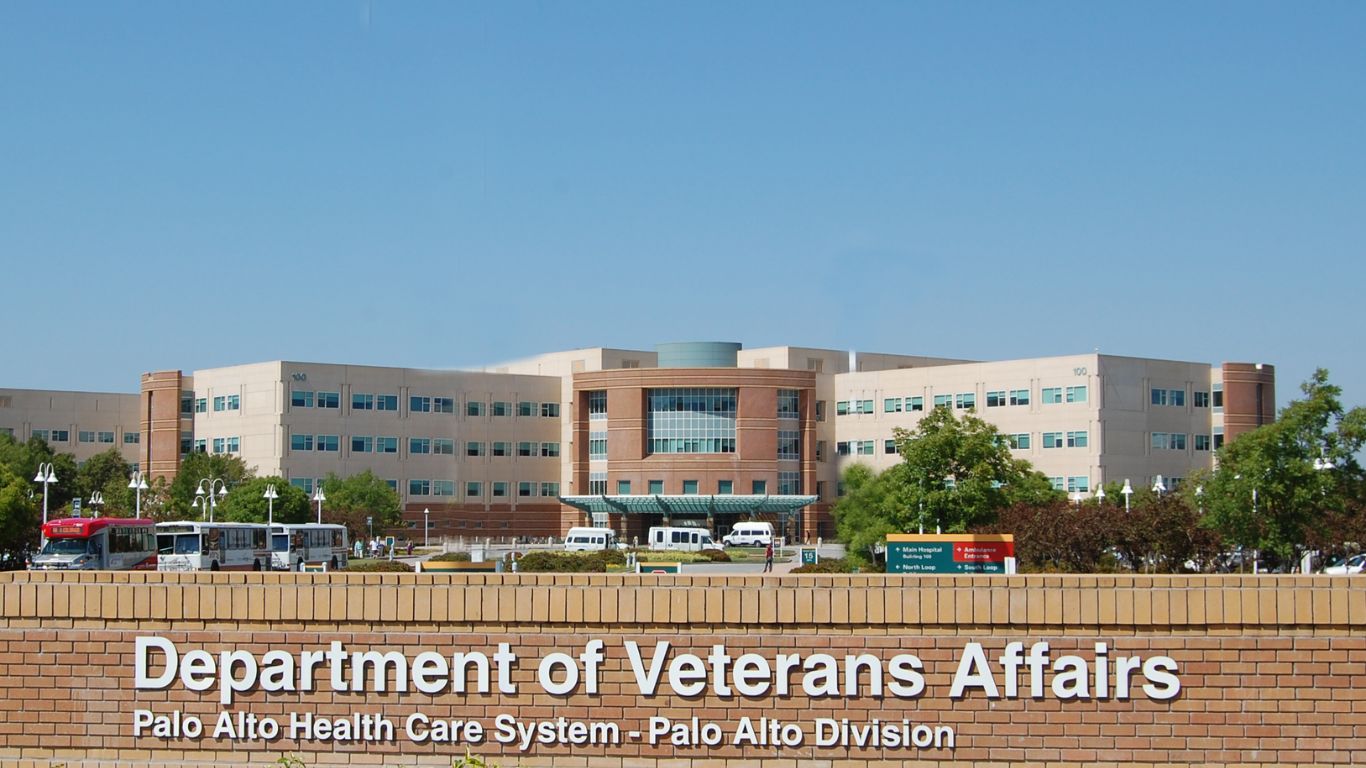In recognition of the sacrifices made by U.S. military veterans, the United States offers a comprehensive system of benefits. These services are designed to ease the transition from military to civilian life, offer long-term care, and ensure that veterans receive the respect and support they deserve. From healthcare and education to housing and employment assistance, the scope of veterans’ benefits touches nearly every aspect of life.
Despite their importance, many veterans still face challenges accessing or understanding these services. This article provides a detailed breakdown of the key veterans benefits in the United States, including eligibility, major programs, and ongoing issues.
Table of Contents
Healthcare Benefits: A Core Commitment to Veterans
VA Healthcare System
Administered by the U.S. Department of Veterans Affairs (VA), the VA healthcare system is one of the largest integrated healthcare systems in the world.
Key features include:
- Primary care, mental health services, and specialist care
- Emergency and urgent care services
- Prescription medications at reduced cost
- Access to VA hospitals, clinics, and community providers
Eligibility typically depends on:
- Type and length of military service
- Discharge status (generally other-than-dishonorable)
- Income level (in some categories)
- Service-connected disabilities
Priority Groups and Enrollment
Veterans are categorized into priority groups (1 through 8) based on service-connected disabilities, income, and other factors. Higher priority groups receive faster access and lower copayments.
Education Benefits: Investing in the Future
Post-9/11 GI Bill
One of the most generous education programs in U.S. history, the Post-9/11 GI Bill provides:
- Tuition and fees coverage for in-state public colleges
- Monthly housing allowance
- Book and supply stipends
- Transferability of benefits to dependents
Eligible veterans must have:
- Served at least 90 days of active duty after September 10, 2001
- Received an honorable discharge
Montgomery GI Bill
This older program is still in use and applies primarily to:
- Active-duty service members
- Selected Reserve members
It provides a monthly education benefit that can be used for college, vocational training, and certification programs.
Housing Assistance and Home Loans
VA Home Loan Guarantee Program
Veterans, service members, and surviving spouses may be eligible for low-interest, no-down-payment home loans backed by the VA.
Benefits include:
- No private mortgage insurance (PMI) requirement
- Competitive interest rates
- Limited closing costs
This helps veterans achieve homeownership without the barriers of traditional loans.
VA Housing Grants
The VA also offers housing adaptation grants such as:
- Specially Adapted Housing (SAH) grants
- Special Housing Adaptation (SHA) grants
These are meant for veterans with service-connected disabilities to modify or purchase suitable homes.
Employment Support and Job Training
Veteran Readiness and Employment (VR&E)
Also known as Chapter 31, this program assists veterans with service-connected disabilities through:
- Career counseling and skills assessment
- Education or training programs
- Job placement assistance
- On-the-job training or apprenticeships
Transition Assistance Program (TAP)
TAP prepares service members for civilian life with:
- Resume-building workshops
- Interview training
- Financial planning
- VA benefits briefings
Many veterans also benefit from preference in federal hiring, where qualified veterans are given priority consideration for government jobs.
Financial Support and Pensions
VA Disability Compensation
Veterans with service-connected disabilities are eligible for monthly tax-free compensation based on:
- Severity of disability (rated from 0% to 100%)
- Number of dependents
- Presence of additional conditions (e.g., loss of limb, PTSD)
This is one of the most significant financial lifelines for disabled veterans.
VA Pension Program
Low-income wartime veterans aged 65+ or those with permanent disabilities can apply for a VA pension, which supplements their income. The Aid and Attendance (A&A) benefit adds to this pension for those needing in-home care.
Mental Health and Counseling Services
The VA provides:
- Counseling for PTSD, military sexual trauma, and depression
- Suicide prevention hotlines and outreach programs
- Vet Centers, which offer community-based mental health services
The 24/7 Veterans Crisis Line (988, then press 1) has saved countless lives by offering immediate help to those in distress.
Support for Families and Survivors
Dependents and Survivors Benefits
Eligible spouses and children may receive:
- Dependency and Indemnity Compensation (DIC) for survivors of service-connected deaths
- Education and training benefits under the Chapter 35 program
- Health insurance through CHAMPVA
Caregiver Support Program
This program offers training, financial stipends, and resources to family caregivers of veterans with serious injuries. It helps relieve the burden on families and ensure veterans receive consistent care.
Key Challenges in Accessing Benefits
Claims Backlog and Processing Delays
- VA has struggled at times with long wait times for processing benefit claims.
- Many veterans experience delays of several months or longer before receiving final decisions.
Navigational Complexity
- The benefits system involves multiple forms, eligibility tiers, and requirements, which can overwhelm veterans unfamiliar with the process.
- Misinformation or lack of outreach can cause veterans to miss benefits they’re entitled to.
Inequities and Gaps in Access
- Some groups—such as women veterans, LGBTQ+ veterans, and minority veterans—report inconsistent service experiences or unequal access to programs.
- Rural veterans often face geographic barriers to accessing VA facilities.
Role of Advocacy Organizations
Nonprofit groups and veteran advocacy organizations play a crucial role, such as:
- Disabled American Veterans (DAV)
- American Legion
- Veterans of Foreign Wars (VFW)
- Wounded Warrior Project
They help veterans:
- File claims
- Appeal denied benefits
- Access community services
- Stay informed about policy changes
These groups also advocate for legislative reforms and improved VA funding on Capitol Hill.
The Promise and Responsibility
Veterans’ benefits are not mere gestures of appreciation—they represent the nation’s ongoing promise to those who defended its freedom. The programs cover healthcare, education, housing, employment, and more, with the aim of ensuring that every veteran lives with dignity, support, and opportunity.
While much has been achieved, there is still room to improve efficiency, outreach, and inclusivity. Continued investment, public awareness, and strong advocacy are key to keeping this promise alive for current and future generations of veterans.





